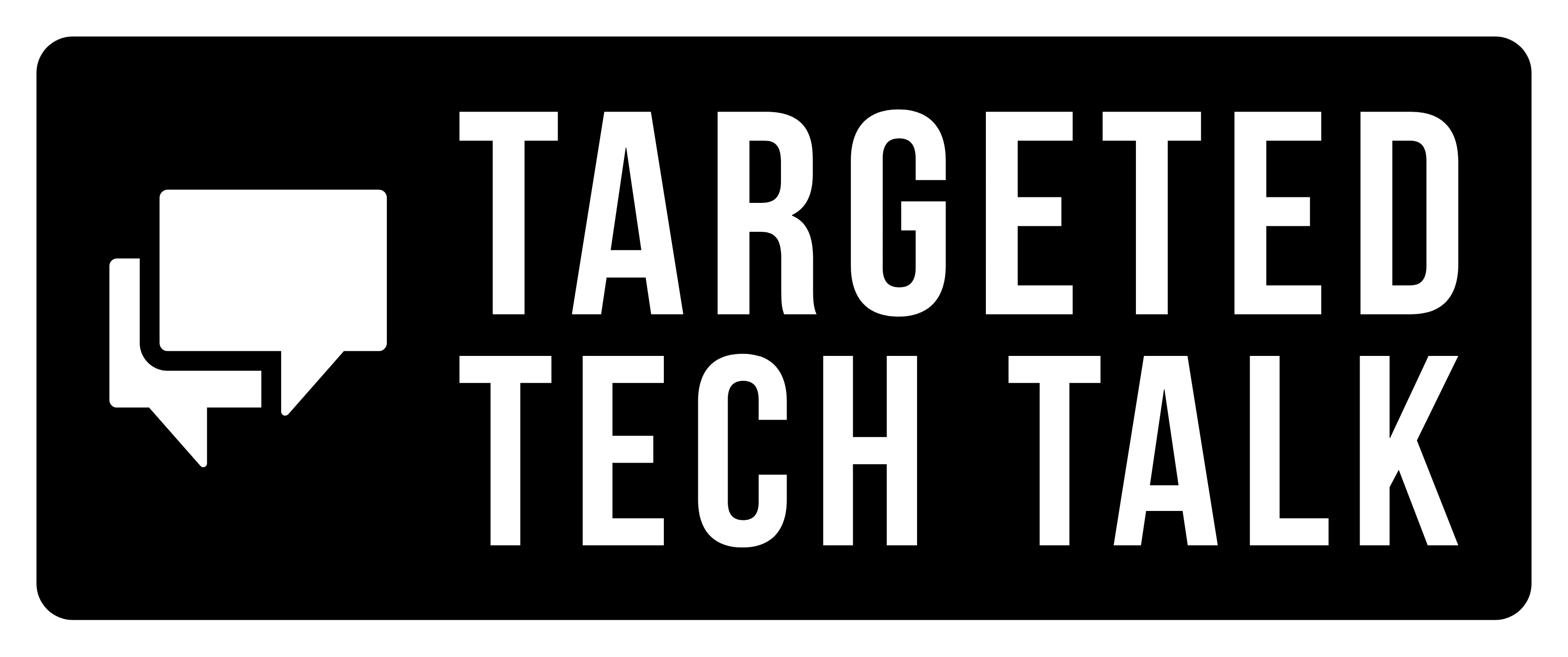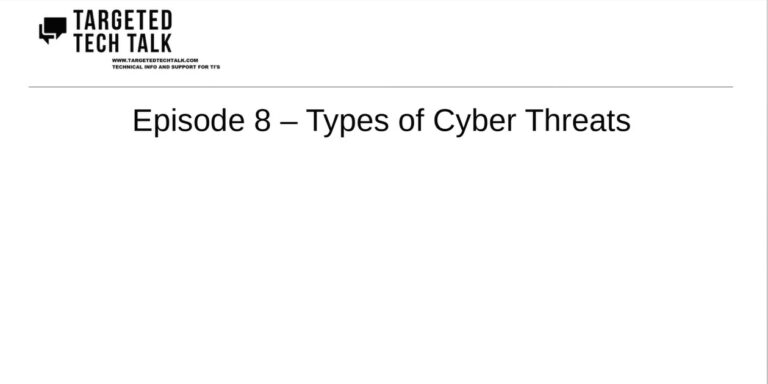This article is also now available as a full video walkthrough with an example, click the link below to open the video in a new tab:
A checksum (also known as a file hash) is a digital fingerprint that allows you to verify a file’s integrity. When you download a file or program (especially with open source programs) you may see the file’s checksum value listed.
After you download the file you can run a utility on your pc to verify the file you actually received is the file originally requested. This helps to verify that there were no transmission errors and also verifies that the file was not modified on purpose before you received it.
This concept is also used in digital forensics in order to verify the integrity of a file.
On a windows computer you would open a command prompt and run something in the following format (putting in the file you have saved locally).
certutil -hashfile Sandboxie-Plus-x64-v1.16.1.exe SHA256
On Linux you would use a command like this:
sha256sum ~/Downloads/Sandboxie-Plus-x64-v1.16.1.exe
On a mac computer you would use a command similar to this:
shasum -a 256 ~/Downloads/Sandboxie-Plus-x64-v1.16.1.exe
Basically you would compare the code that comes back from one of these utilities to the checksum listed on the website where you downloaded your program. If they match, then you have the exact file that you requested.
image is creative commons public domain. source: https://picryl.com/media/office-office-worker-headache-531089
targetedtechtalk@protonmail.com
Follow @TargetedTechTlk






